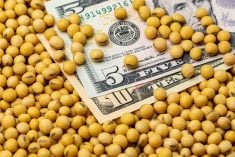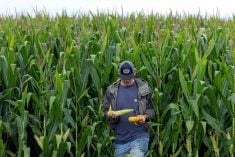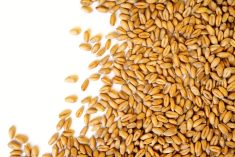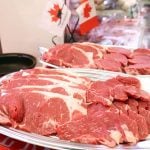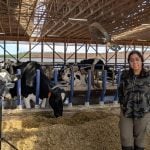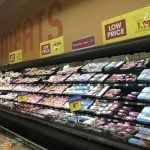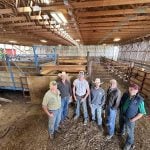Feedlot demand for feeder cattle in Western Canada is down sharply from last year, which has resulted in an apprehensive market for replacement cattle. Not only are there a number of small- to medium-sized feedlots which have closed operations; larger feedlots have turned typical “silage land” into canola and wheat crops and plan to feed fewer cattle over the winter period.
Feeder cattle prices were once again quite variable from region to region in Western Canada as the ongoing U.S. government shutdown tempered buying interest from U.S. buyers. Alberta packers were buying fed cattle at $118 per hundredweight (cwt) and it is difficult to justify higher values for feeders given the current feeding margin structure. Long gone are the days when eternal optimism overtook economic feasibility and if feedlots can make a reasonable return on investment, they’re not paying a 10th of a penny higher for a bawling calf or light-flesh 850-pound steer.
Read Also
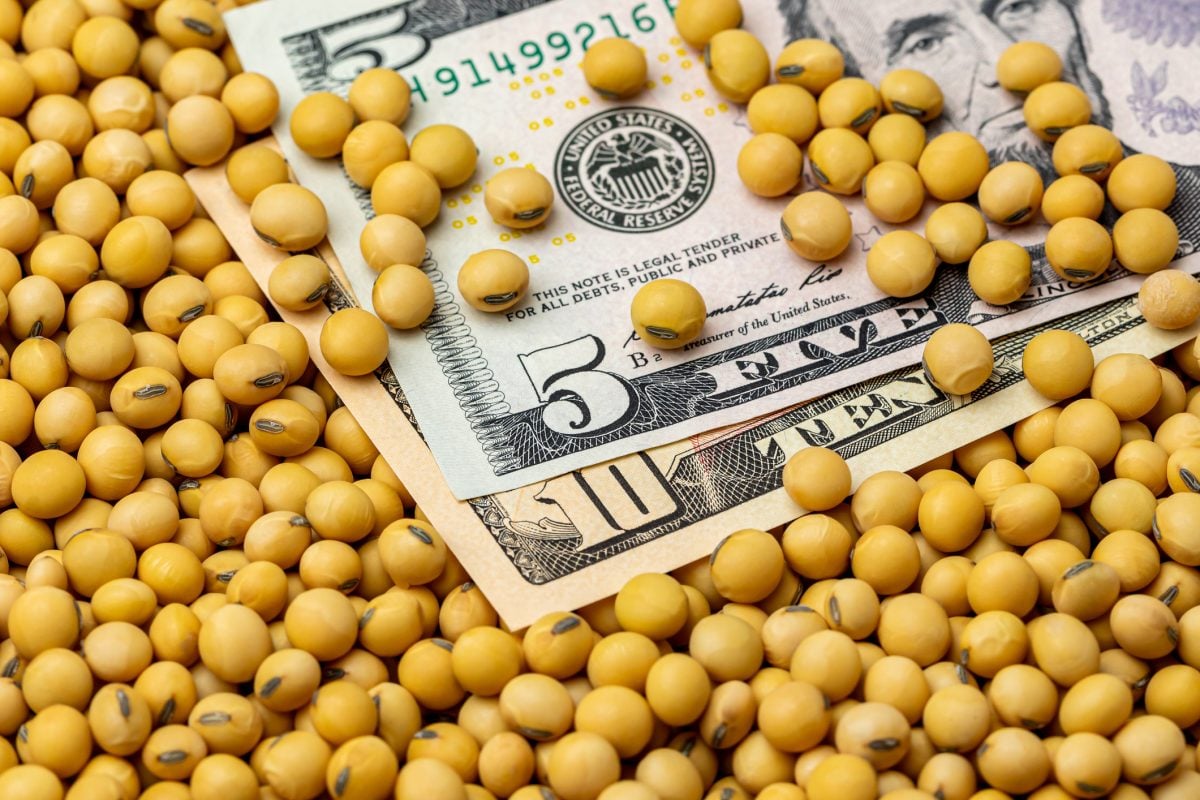
U.S. grains: Soybeans set 15-month high on U.S.-China trade deal hopes
Chicago soybean futures reached their highest in 15 months on Tuesday, briefly topping $11 a bushel on optimism that the U.S. could reach a trade deal with China as leaders from both countries are expected to meet in South Korea on Thursday.
Larger-frame Simmental calves averaging 600 lbs. sold for $165/cwt delivered in the Lethbridge area; Angus-based steers averaging 760 lbs. sold for $155/cwt in the same region. Charolais-cross 500-lb. heifers were quoted at $153/cwt in southern Alberta. Exotic yearling heifers weighing 900 lbs. sold for $133/cwt in central Alberta. Feeder cattle prices are approximately $7-$10/cwt higher in comparison to last fall, while barley prices are $100 per tonne lower. Feeder cattle futures reached all-time record highs while U.S. cash feeder markets remain firm. However, the western Canadian industry is not experiencing the same enthusiasm.
Consumer spending has slightly contracted during this period of U.S. government uncertainty; restaurant traffic has slowed and demand for higher-valued beef cuts on the retail shelf has been curbed. Alberta fed cattle prices are expected to remain stagnant, which will keep the feeder market in the current trading range. Barley values will remain under pressure given the weakness in U.S. corn prices, but so far, feed input prices have a minor influence on feeder cattle in Western Canada this fall.
— Jerry Klassen is a commodity market analyst in Winnipeg and maintains an interest in the family feedlot in southern Alberta. He writes an in-depth biweekly commentary, Canadian Feedlot and Cattle Market Analysis, for feedlot operators in Canada. He can be reached by email at [email protected] for questions or comments.



